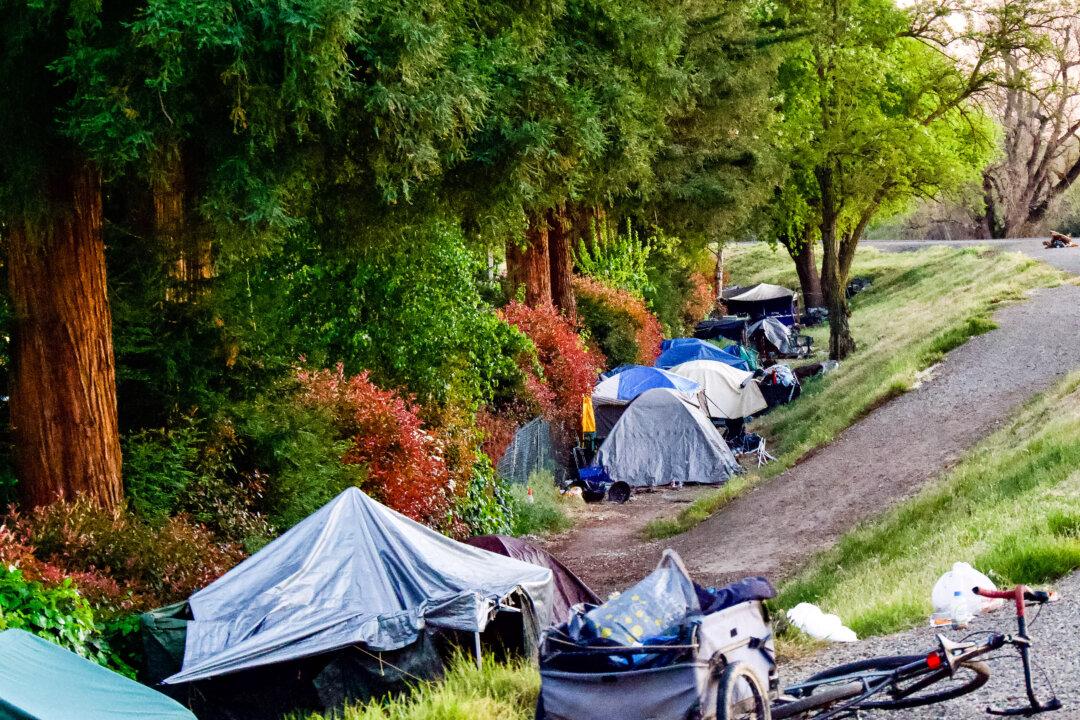Aiming to curb homeless encampments, the Sacramento County Board of Supervisors on Nov. 5 approved a county code amendment that bans public camping.
The law includes a ban on vehicles, trailers, campers, and recreational vehicles that “undermine the cleanliness and usability of parks, water supplies, and other public resources,” according to the county’s press release.





